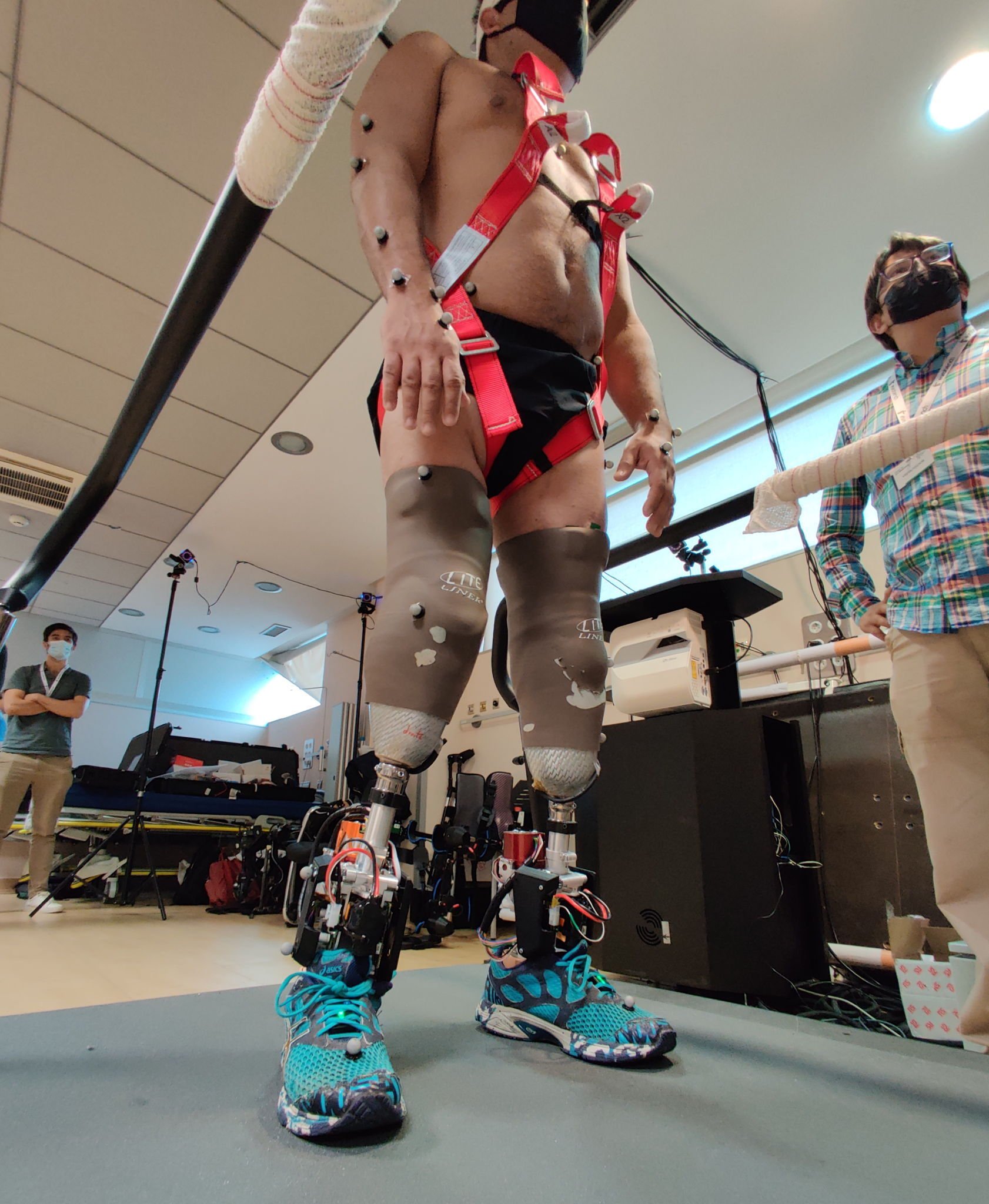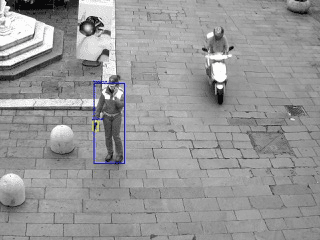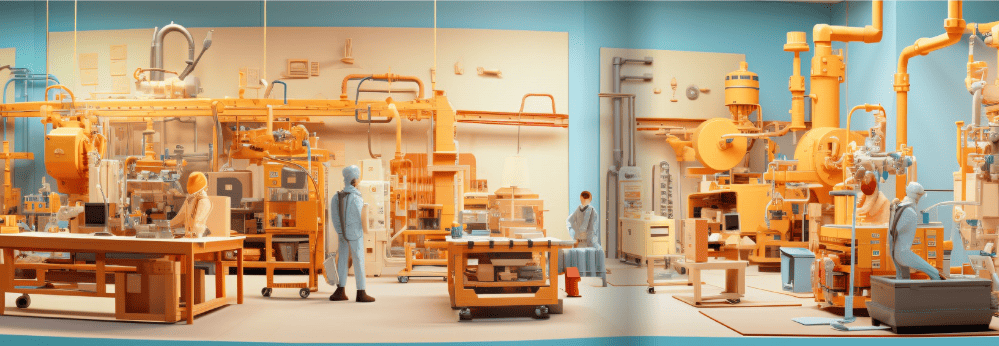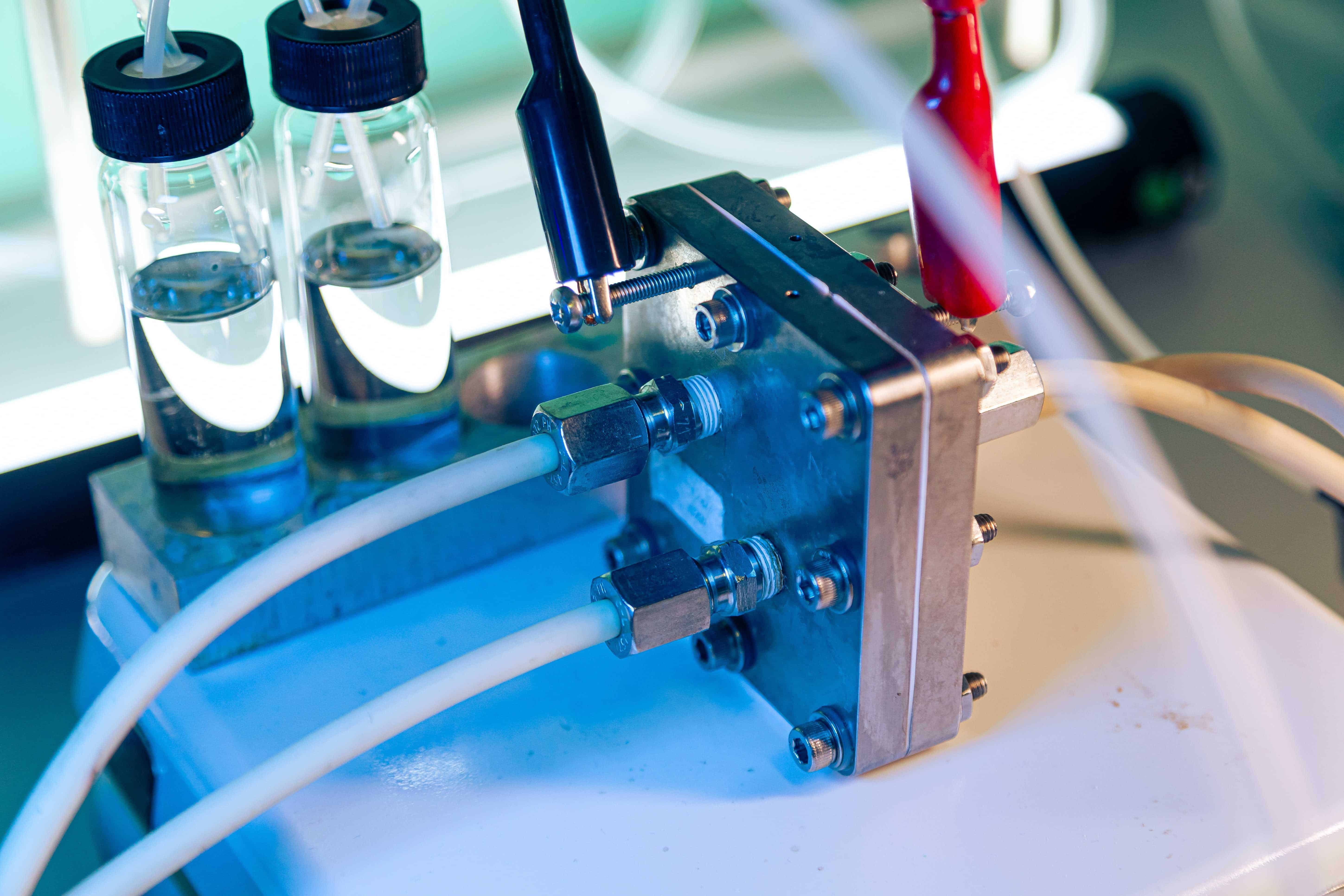
About BionIT Labs
- Founders: Matteo Aventaggiato, Giovanni Zappatore, and Federico Gaetani.
- Founded in: 2018
- Employees: 19
- Money raised: 5 million euros.
- Ultimate goal: Turning disabilities into new possibilities.
“Turning disabilities into new possibilities” is BionIT Labs’ tagline, an Italian start-up that developed Adam’s Hand – a fully adaptive bionic hand made of steel and techno-polymers. Instead of choosing between grip patterns, the fingers adapt themselves to the shape and size of a grasped object. The prosthesis is integrated with an app that helps the user configure the hand and learn how to use it. Adam’s Hand whole concept came out of a bachelor thesis project undertaken by Giovanni Zappatore – CEO of BionIT Labs – who – joined by two of his former university mates – refined the idea further and started the company. He spoke to Innovation Origins for this instalment in the Start-up of the day series.
What’s the idea behind the hand?
“Ever since my university days, I had an idea to create a device that could serve the users’ needs. When designing something new, the focus often tends to go on the technology itself, rather than on the actual use that people will get out of it. All our efforts are aimed at designing an easy-to-use device, that the user can control with just two movements: contraction of the wrist flexor or extensor muscles.”

How does it work?
“Adam’s Hand has two engines: one to control the thumb and the second one to control the other four fingers. Particularly this latter one is able to split the torque into the four sections – the same way as a 4×4 car does. When one stops, the others can still close seamlessly this way. If I move one finger, another compensates by moving in the opposite direction. As a result, the device is more controllable and robust.”

“The hand links with the arm through a custom-made socket. The sensors from the residual muscles to the hand are then connected. On the back of the hand’, there is a button that helps choose some basic settings. Adam’s Hand parameters can be set up via an app, where the patient can also find the User Guide and training exercises. Prosthetists can also manage their patients’ databases.”
How can the users configure the hand?
“An algorithm that we developed makes it easier to configure the hand depending on the user’s muscular tone. During its first use, the software asks the user to contract their wrist flexor and extensor muscles. Then the artificial intelligence records how the patient is performing those tasks and then uses this data to calibrate the device.”

What other features does it have?
“Another aspect we worked on is making fingers easily replaceable. The prosthetist can insert a new finger by unscrewing a bolt. This way, there is no need for sending back to us the hand to be repaired. The external interchangeable battery is designed to last for a whole day, so that it can be in theory charged overnight. It may use its battery up earlier depending on the use, so then there is no need to take off the prosthesis to plug a new one in. What’s more, the battery can send feedback to the user that is proportional to the clasping strength of the hand, so that a response can be given to the object being touched. In addition to that, we are working to make Adam’s hand fully waterproof.”
Can users play sports with it?
“The goal is to enable people to do as many activities as they can. What we must say is that it can’t be used for contact sports. Besides its robustness, the user doesn’t have any perception of where the hand is, and this is because it isn’t connected to the nervous system. The user doesn’t understand where exactly the hand is positioned, so it could potentially be harmful to the patient and those around them. The main piece of advice we give is not to use the hand without an additional glove in all the situations where you wouldn’t use your hand without any protection.”
What feedback have you gotten so far?
“An interesting tip from one of the users was to make sure that he could take a coat off and wear it without having to remove the hand from the socket. Hence, the hand’s material needs to have a high level of grip to be able to grasp objects. While at the same time, it also has to be smooth enough so that arms can easily pass through the sleeves of a coat. We would have never thought of such a real-life use case. Without continuous contact with users and prosthetists, it would be impossible to create an easy-to-use device that really is tailored to users’ needs.”
What is next for you?
“We are working on all the documents needed for accessing the market by October. So far, we have developed a medium-sized hand. The next step will be to design a smaller and a larger version of it too.”









